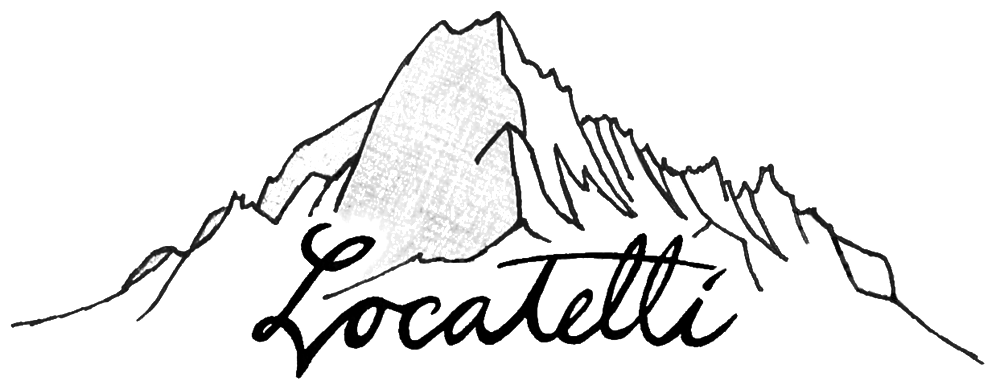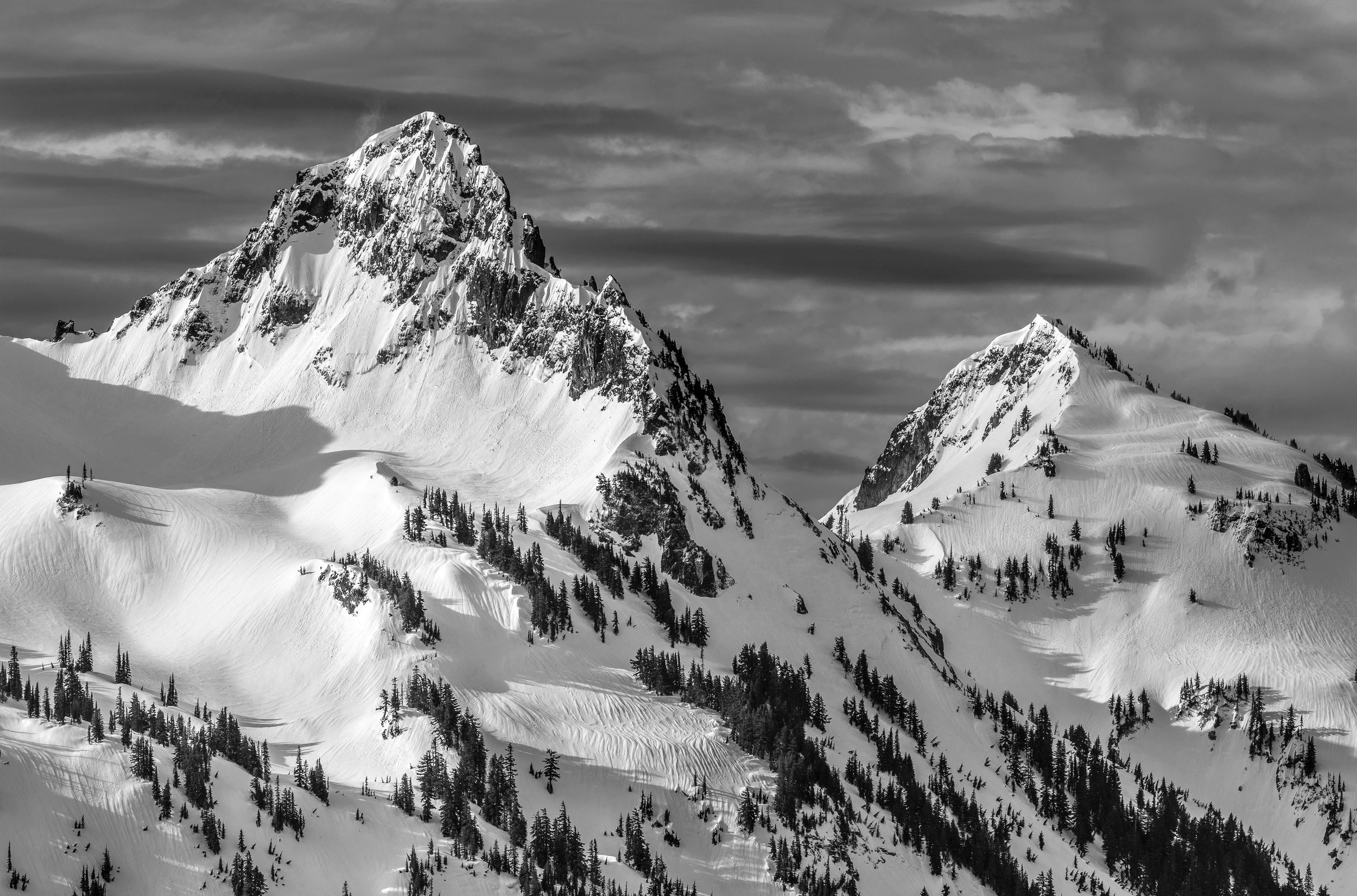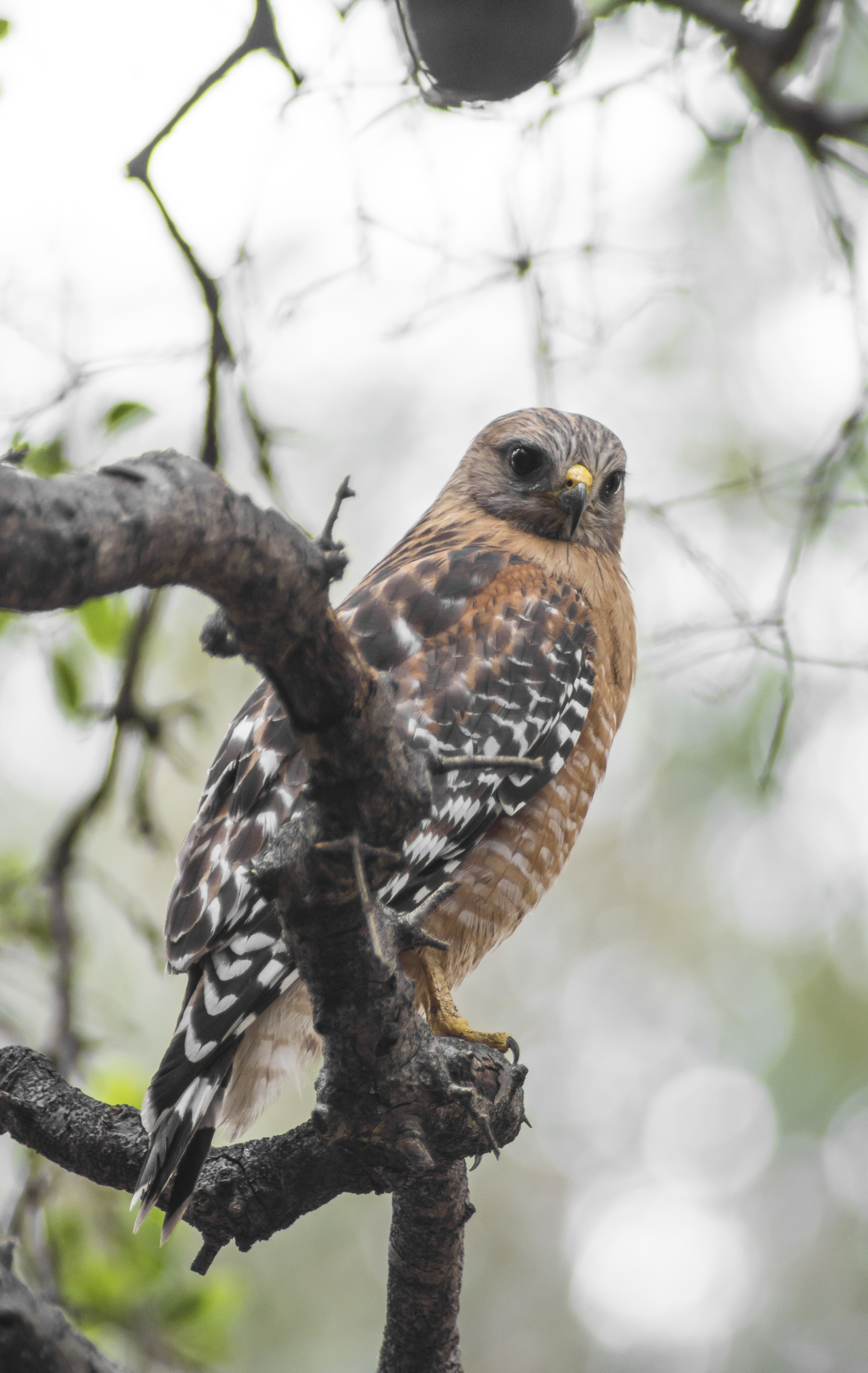Breathing crisp, mountain air reinvigorates the core. After staying in the hot tropical forests of Yucatán or being cooped up inside a warm room for weeks upon weeks, feeling cold is a welcome change. I never thought I'd miss shivering. I hadn't been to the snow in over a decade and now I can only beat myself up thinking about all the time I wasted by staying indoors in the dead of winter because it was "too cold and wet" to be outside. What a fool I was. Hiking, snowshoeing, and camping in the snow make you feel alive. Icy air entering your lungs and cooling down your heated core. The fog that rises in front of your eyes when exhaling. The vibrating crunch that reverberates through your legs when you pack dry snow while walking.
In a way, winter and snow are nature's way of cleansing itself. A white blanket visually removes nearly everything from the landscape, leaving only lines, trees, and rugged mountaintops exposed. In addition to creating a blank canvas, the snow also freezes or forces dormancy in life underneath it—a fresh start for life every year (let's try to keep it that way).
This yearly fresh start is a wonderful practice in photography. Lines and light. That's all there is in winter. White, slightly less white, grey, darker grey—and occasionally a bit of yellow snow here and there. To be fair, that's pretty much all there is all year round but in winter there's much less color for you to think about in the composition of photographs. Plus, far fewer people go out into the inclement conditions to get a photo. If you want a novel photo of an ever-changing landscape, winter is the time to go out and get it.











































